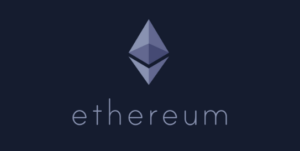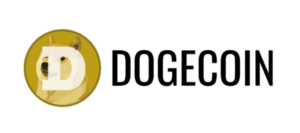Exploring Based Rollups: Ethereum’s Newest Advancement in Scalability

Based rollups, a novel scaling solution, are gaining prominence for their ability to align incentives between Ethereum’s layer 2 (L2) networks and base layer validators. This innovative approach leverages Layer 1 blockchain infrastructure to process transactions, offering distinct advantages over traditional rollups. Unlike optimistic or zero-knowledge rollups that employ their own sequencers, based rollups utilize the sequencer of the underlying Layer 1 blockchain. This integration enables L1 block proposers to collaborate directly with L2 block builders and searchers to incorporate rollup blocks within L1 blocks.
By leveraging L1 sequencing, based rollups inherit the complete decentralization and security of the base layer. They also benefit from the liveness assurances of L1, mitigating potential issues faced by other rollups concerning validator or sequencer failures. The streamlined architecture of based rollups eliminates the necessity for escape hatches, external consensus mechanisms, and sequencer signature validations, potentially leading to reduced operational and transaction costs compared to conventional rollup models.
Advocates argue that based rollups foster stronger economic alignment between L2s and L1 validators. As rollup activities boost demand for block space and generate fees for validators, it could facilitate zero or negative issuance inflation while upholding high staking yields. Adam Cochran of Cinneamhain Ventures posits that this fundamental shift in incentive structures could substantially impact Ethereum’s long-term value proposition, potentially increasing the long-term demand for ETH by a significant margin.
However, based rollups are not without potential drawbacks. By depending on L1 sequencing, they may sacrifice some transaction ordering flexibility and encounter hurdles in implementing specific sequencing services like fast pre-confirmations. Additionally, based rollups may forego maximal extractable value (MEV) income to L1 validators, potentially constraining their direct revenue channels.
Despite these trade-offs, numerous projects are delving into based rollup implementations. Taiko, a Layer 2 protocol utilizing the ZK-rollup framework, has initiated a testnet that integrates elements of the based rollup model. The concept of based rollups was initially introduced by Ethereum researcher Justin Drake in early 2023. While still in the nascent stages of development and testing, the potential benefits have captured the attention of the Ethereum scaling community.
By aligning L2 and L1 incentives more closely, based rollups could play a pivotal role in ensuring the long-term sustainability of Ethereum’s multi-layer ecosystem.



